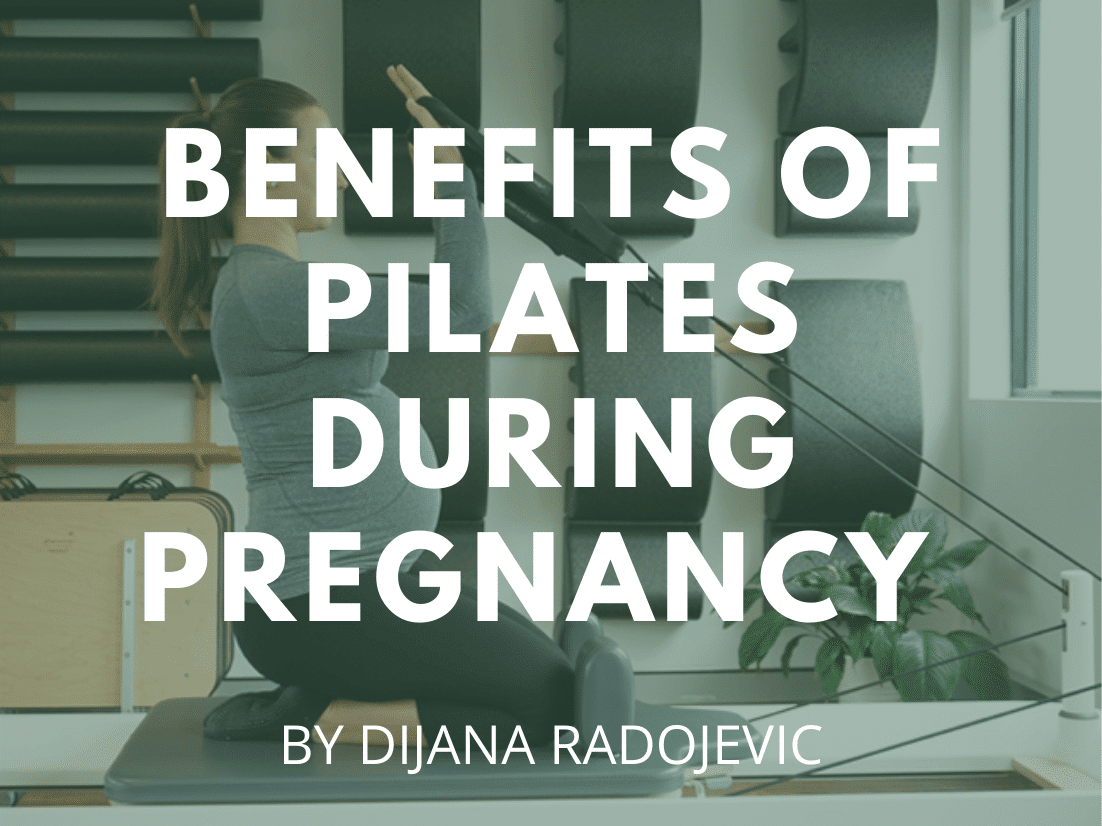What is Pilates?
Pilates is a form of exercise based on movement principles including whole-body movement, breathing, concentration, centering, precision, and rhythm. Pilates is a mindful approach to exercise, stimulating awareness of body structure, muscle recruitment, and body alignment during movement. Joseph Pilates, the founder, claimed that this set of corrective exercises promoted voluntary control over the body and effective posture, stabilizing core muscles during dynamic movement, and promoted physical and mental vitality. Pilates may be practiced on the mat using one’s body weight or using Pilates equipment, which has resistant springs to stabilize and strengthen deep muscle groups. Internationally, Pilates has appealed to women as a mainstream form of exercise for improving physical health (muscular strength, endurance, core stability, breathing), psychological health (mood, motivation, body awareness), and motor functions (muscle control, dynamic postural control, balance and coordination). Pilates Method for Women’s Health: Systematic Review of Randomized Controlled Trials. Archives of Physical Medicine and Rehabilitation – Volume 96, Issue 12, December 2015, Pages 2231-2242
Exercise During Pregnancy
Regular practice of moderate physical exercise has positive effects on a healthy pregnancy, with benefits during pregnancy, labor and after birth. During labor, the benefits are reflected in the strengthening of muscles of the area involved, which reduces the pain and the effort needed to give birth. Pelvic movements also help to make ligaments more flexible, helping to increase the diameter of the opening of the cervix and facilitating a natural birth with no need for unnecessary caesarean sections or instrumental deliveries. A Pilates program during pregnancy requires adapting exercise to the new situation and changes in the body, and may begin in any stage of pregnancy regardless of the fact the women have never previously trained in this method. Studies have found the practice of an exercise program using the Pilates method supervised by a professional expert such as a Physiotherapist, obtains major improvements in the pregnant woman’s physical condition, such as blood pressure, flexibility, spine curvature, and the parameters in birth, with more normal births, fewer episiotomies, less analgesic usage and lower new-born birth weight.
Current Exercise Recommendations
It is currently recommended that in the absence of medical or obstetric complications, women should moderately exercise for >30 minutes daily. Despite this, in the last few years the recommendation for exercises which require greater physical effort agree on the duration of exercise (between 45 and 60 min) and frequency (2-3 times per week).

Latest Evidence
A recent 2017 study aimed to find out the effectiveness of a physical exercise program for 8 weeks, designed specifically using the Pilates method, on functional parameters in the pregnant woman during pregnancy and labor. A sample consisting of a total of 105 pregnant women was divided into two groups: intervention group (n = 50) (32.87 ± 4.46 years old) and control group (n = 55) (31.52 ± 4.95 years old). The intervention group followed a physical activity program based on the Pilates method, for 2 weekly session curvature of the spine and the birthing process, in aspects such as type of birth, episiotomy, analgesia and new-born birth weight. No adverse events were noted during or after the physical activity sessions. The literature also confirmed the reduction in the number of caesarean sections and difficult births in pregnant women who had completed a physical exercise programme. With regards to how the Pilates method affected labour it is of note that the most significant contribution of this study were the programme’s benefits in the birthing process. Several references are made to the strengthening of the pelvic muscles and its flexibility, which helps to reduce the number of episiotomies in births. The physical exercise activity designed dedicates one section to pelvic floor exercises with statistically significant results (p < 0.001) regarding the reduction in the number of episiotomies. Effectiveness of a physical activity programme based on the Pilates Method in pregnancy and labour. L. Rodriguez-Diaz et al. Enferm Clin. 2017;27(5):271-277
Assessment – Ultra-Sound Imaging
At Forge, our Physiotherapists assess all women during pregnancy and postpartum using Ultrasound. Transabdominal ultrasound (TAUS) imaging is a new, non-invasive method for assessing the function of the Pelvic Floor Muscles. It images the base of the bladder allowing a visual assessment of the excursion and function of these muscles and is used as a biofeedback tool when training the pelvic floor muscles of Ante – Natal and Postpartum women. An ideal contraction would be a visible elevation of the pelvic floor as indicated in image B. Endurance and strength are then considered and specific instruction advised regarding a daily home exercise program.
Clinical Pilates at Forge with Physiotherapists
At Forge West End, our Physiotherapists and Exercise Physiologists are specially trained to deliver supervised Ante and Post Natal Exercise Programs for women during any stage of their pregnancy. Once cleared by their GP, our Physiotherapists would initially assess them where a thorough musculoskeletal assessment is undertaken, and a Trans-abdominal Ultrasound is conducted to assess their current level of Core and Pelvic Floor Strength. An individualized program is then designed based on the latest evidence and recommendations for pregnant women. At Forge, Clinical Pilates is delivered by our Physiotherapists however a Cardio-vascular and Strength Program may also be prescribed by our Exercise Physiologists to achieve the best results possible with our integrated team approach.
To learn more about how you can stay active during pregnancy, contact us!
Article by Dijana Radojevic, Physiotherapist
Comments are closed.

